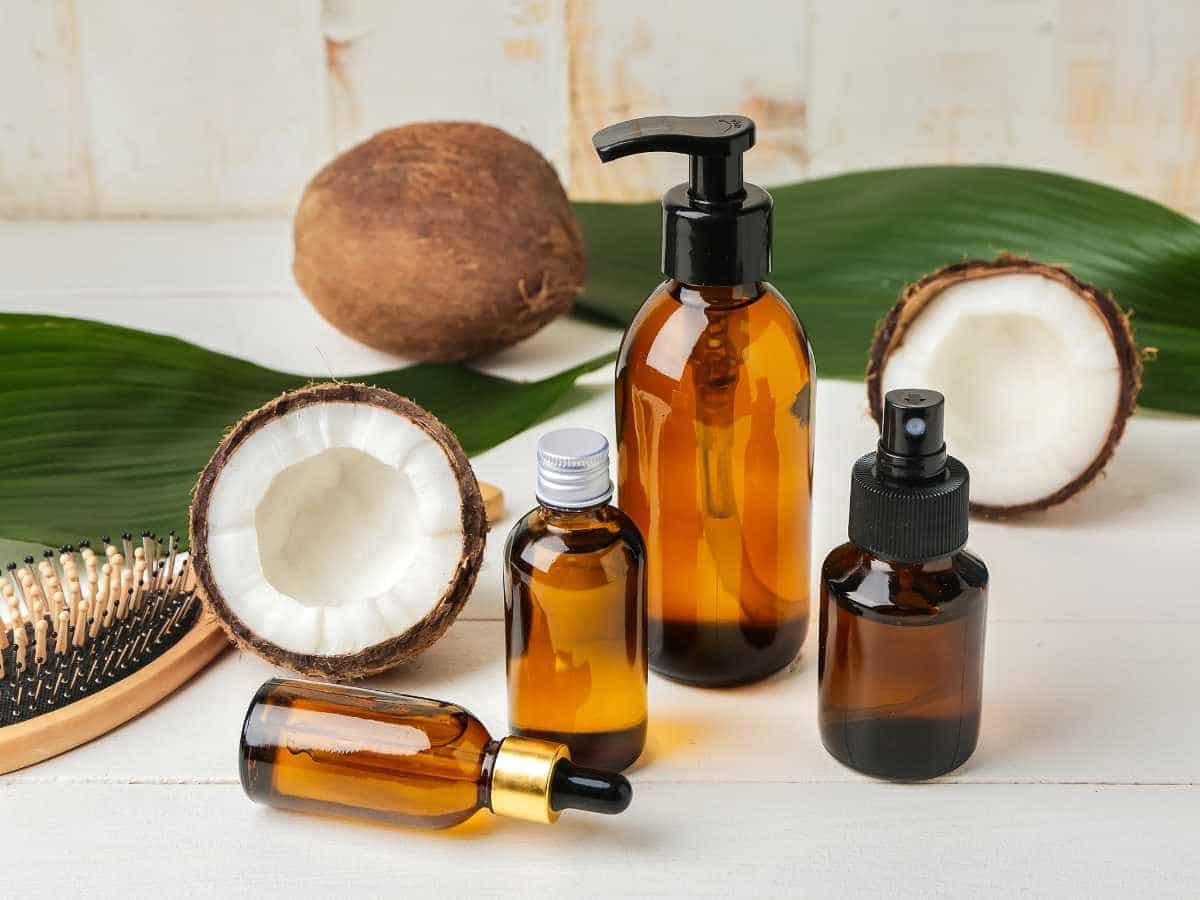Consumer priorities have shifted in recent years with a renewed focus towards health and wellbeing, which has seen 3 out of 4 Australians regularly use complementary medicine-based vitamins or supplements (1). Due to this rising demand, brands have begun to provide a diverse range of formats as an alternative from your classic tablet, including powders, creams, gels and the key topic of this blog- “liquid supplements”.
A Growing Need for Both Consumers and Brands
The advancement of liquid-based formats has coincided with the growing consumer want for new and enjoyable product consumption experiences. Additionally, the need for brands to facilitate this demand is rising as introducing liquids-based supplements can help advance competitive advantage, catalogue diversification and market position. For brands, this need to diversify will only become more apparent, as the liquid supplements market is expected to grow with a compounded annual growth rate (CAGR) of 5.1% from 2019 to 2027 (2).
Key Benefits of Liquid Supplements
Easier to Consume
One of the main advantages of liquid supplements is that they are easier to consume, due to its fluid state allowing it to travel smoother and faster throughout the body, making liquids the go to choice for elderly patients, teenagers and children. These consumer groups have been neglected by traditional formats and difficulties in swallowing large tablet sizes. Liquid supplements help to fill this gap and appeal to a broader range of customer demographics.
Greater Bioavailability (Absorption)
Liquid supplements are one of the fastest-absorbing formats, and it is reported that liquid supplements can be fully absorbed into the body in just four minutes (3). This is because, unlike other supplement formats, where the body needs to break tablets/capsules down and convert it to a liquid to effectively attain the vitamins and minerals. Liquid supplements bypass this problem as it is already in the required format and can be absorbed immediately (3).
Better Synergy
One of the more nuanced advantages of Liquid supplements is its superior synergy. This refers to when two or more vitamins and minerals are used in combination, they have a greater effect than if they were in separate dosages (4). Liquid supplements can achieve a higher level of synergy as they can reach greater levels of nutrient density (4), allowing for more nutrients to be packed within its formulation, therefore increasing the supplement’s level of effectiveness.
Superior Clean Label Profile
Due to the streamlined nature of liquid supplements, many believe the format to have a greater clean label profile when compared to other formats. As liquid supplements traditionally don’t contain bonding agents which are used to hold a product together. Hence, this makes liquid supplements more appealing to modern consumers, who are becoming more informed and health aware.
Easier Dose Modifications
It’s common for people to share their supplements, and this dynamic is seen mostly in families, but a common roadblock encountered is the difference in dose requirements for adults and children (4). Liquid supplements are one of the only formats where variable dosages are possible as their flexible consistency allows you to customise your dosage requirement by pouring more or less depending on the age group (4).

Lipa’s Liquids Manufacturing Capabilities
Lipa is proud to announce that we have recently installed a new liquids and cream plant with two high-precision processing and flexible fill and packaging lines. Our new upgrade includes a large variety of bottle & jar fills ranging from 15 ml to 1 litre, with a diverse range of packaging options available.
Enquire about our liquid manufacturing capabilities for your brand by contacting sales@www.lipa.com.au.
Reference List
1. CMA (N.D). CMA 2022 Industry Audit Report. 1st ed. [online] Australia: CMA, pp.3–3. Available at: https://cma.mailscampaign.com/annual-reports/index.html [Accessed 17 Feb. 2023].
2. Markets, R. and (2020). Global Liquid Nutritional Supplement Market (2018 to 2027) – by Product, Ingredient, Age Group, Route of Administration, Distribution Channel and Geography. [online] GlobeNewswire News Room. Available at: https://www.globenewswire.com/news-release/2020/05/01/2025990/0/en/Global-Liquid-Nutritional-Supplement-Market-2018-to-2027-by-Product-Ingredient-Age-Group-Route-of-Administration-Distribution-Channel-and-Geography.html [Accessed 17 Feb. 2023].
3. BuyKayos.com. (n.d.). What Makes Liquid Health Supplements More Effective than Capsules or Powders. [online] Available at: https://buykayos.com/blogs/news/what-makes-liquid-health-supplements-more-effective-than-capsules-or-powders [Accessed 21 Feb. 2023].
4. Justin (2020). Liquid Vitamins – Pros and Cons for Manufacturers and Consumers. [online] Generation Nutra. Available at: https://generationnutra.com/news/formats/liquid-vitamins/ [Accessed 21 Feb. 2023].
5. Walczak-Nowicka, Ł.J. and Herbet, M. (2022). Sodium Benzoate—Harmfulness and Potential Use in Therapies for Disorders Related to the Nervous System: A Review. Nutrients, 14(7), p.1497. doi:https://doi.org/10.3390/nu14071497.
Work with Australia’s Leading Pharmaceutical Manufacturer
Businesses seeking an alternative pharmaceutical manufacturer in Australia need look no further than Lipa Pharmaceuticals. We are an 8-time winner of Australia’s High Quality Manufacturer Award for complementary medicines and have the capability to manufacture high volumes of vitamins, health food supplements, and over-the-counter medication.
With over 30 years of industry experience and fully-equipped production facilities, we can work with your business to produce custom products in a private label or contract manufacturing arrangement. Get in touch with us today to find out how to partner with our cost-effective pharmaceutical manufacturing solutions in Australia.
